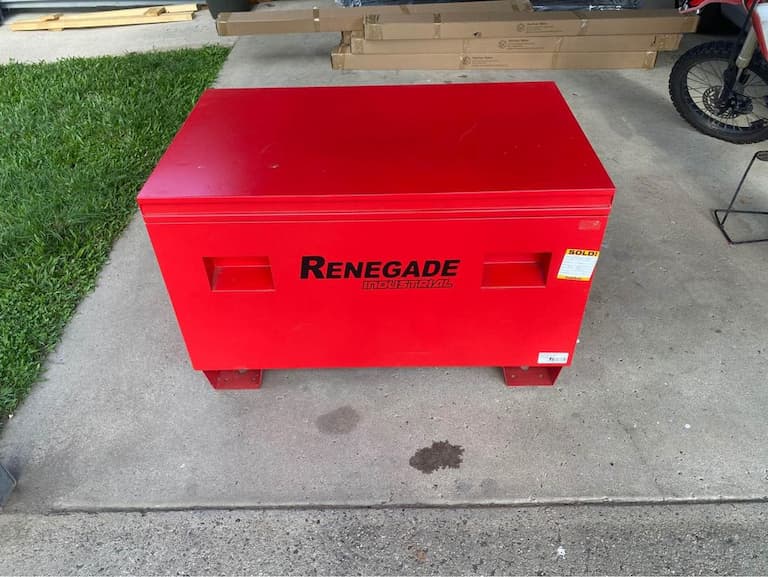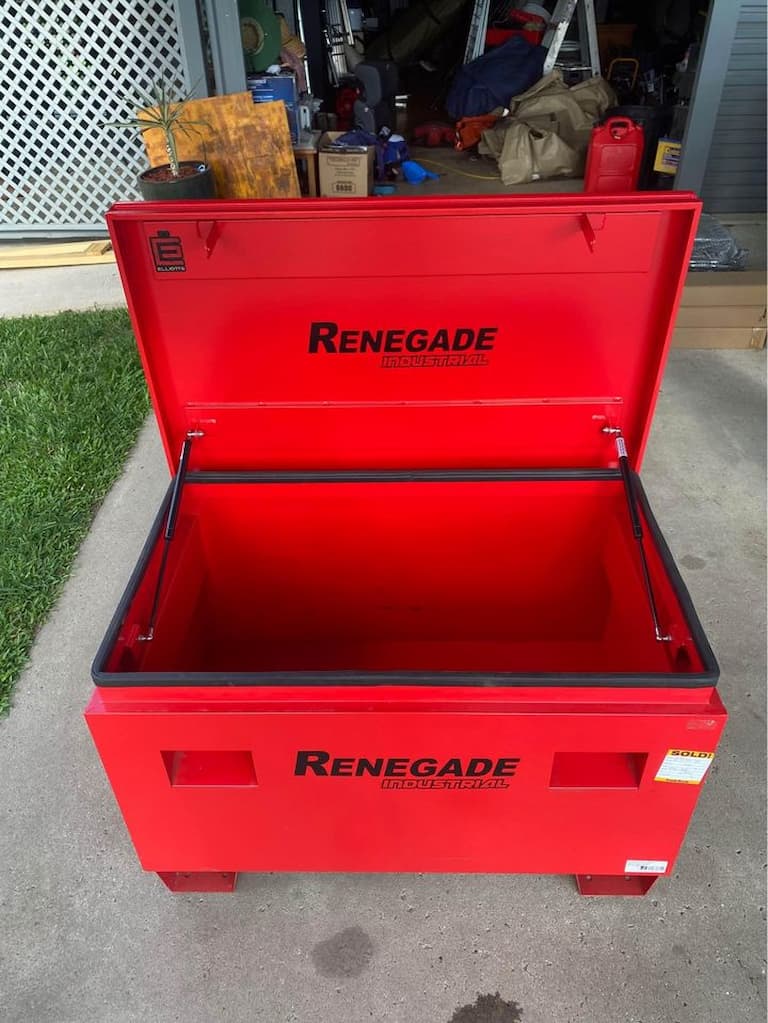Contents
Organising and storing your tools on the construction site or inside your workshop can go a long way in preventing loss and damage. Here are some tips on how to organise your tools.
The organisation of tools is one of the most important aspects of any trade. Having a systematic way of storing them will help prevent loss, theft and accidental damage. It also makes it easier for an individual to find what he needs quickly when working on a project. Organising your tools can be done indoors or outdoors depending on the amount of space available and the number of tools involved.
Steps to Organising Your Tools

There are many ways to organise your tools. The most common is by type of tool, followed by organisation according to size and finally by location.
In order to organise your tools by type, you need a place to store all the tools that can be used for a specific job. This allows an individual to quickly find what he needs without having to search through all the other tools in his collection. If you have enough space, make sure to organise your tools by category, size and function.
The first step in organising your tools is to set up a tool rack or cabinet. This can be made from wood, metal or plastic depending on what materials are easily available and most suitable for your needs. The individual should have sufficient space in his workshop or shed so that it will not feel cramped when storing all the tools.
In order to organise by size, find a place where you can keep all the small tools such as screwdrivers, pliers, hammers etcetera. If there is no adequate space, these tools can be stored in a site box. The next step is to organise the larger tools that are too big or heavy to fit into a toolbox. This includes power saws, drills and grinders.
Organising your tools by location will help prevent loss due to theft or accidental damage. If an individual stores his tools outdoors, he must make sure they are well protected from rain, wind and other natural elements. If you store your tools indoors, it is important to keep them away from high traffic areas and out of reach of children.
What to Consider When Choosing a Tool Box

When choosing site boxes, it’s important to keep a few factors in mind, such as materials, size and shape. It is also important to consider your budget and how much room you have available.
The best material for a tool box is metal as it is durable, strong and resistant to rust. It is also possible to find steel tool boxes that are painted with a coating of yellow or black paint in order to resist corrosion. If you are on a tight budget, then you can purchase a plastic tool box which has the advantage of being light weight and inexpensive compared to other materials such as wood or aluminium.
The shape of the tool box is another important factor to consider. If you need a lot of tools for your trade, then it would be better to choose a large size rectangular metal toolbox. If you are working on small projects such as installing light fixtures or repairing electrical appliances, then a smaller and more compact box will be useful.
Organising your tools indoors can help prevent loss due to theft or accidental damage. You should keep all your power tools in a secure location where they can’t be tampered with. This will prevent them from being stolen or damaged by children playing around with them.
In order to organise your tools indoors, find a place where they can be stored in a safe and secure manner. You can opt for a tool cabinet or rack that is made of wood or metal. These are available at most hardware stores.
If you have the space and funds, then you may want to purchase a power tool storage cabinet which has shelves made of metal or plastic that can be adjusted according to the size of your tools. If there is no room for a cabinet, then you can opt for a tool bag which is made from nylon or canvas and has many pockets and compartments.
It is also possible to organise by function. This includes keeping all your hand tools in one location such as a cabinet or bag, while power tools are kept in another place. In order to organise by function, make sure each individual tool is labelled so it can be easily identified.
Simple Steps to Maintaining Tools
- Keep your tools organized and stored in a safe, dry place.
- Regularly inspect and clean your tools to prevent rust and wear.
- Sharpen and lubricate your tools as needed to keep them in good condition.
- Follow the manufacturer’s instructions for proper use and care of your tools.

